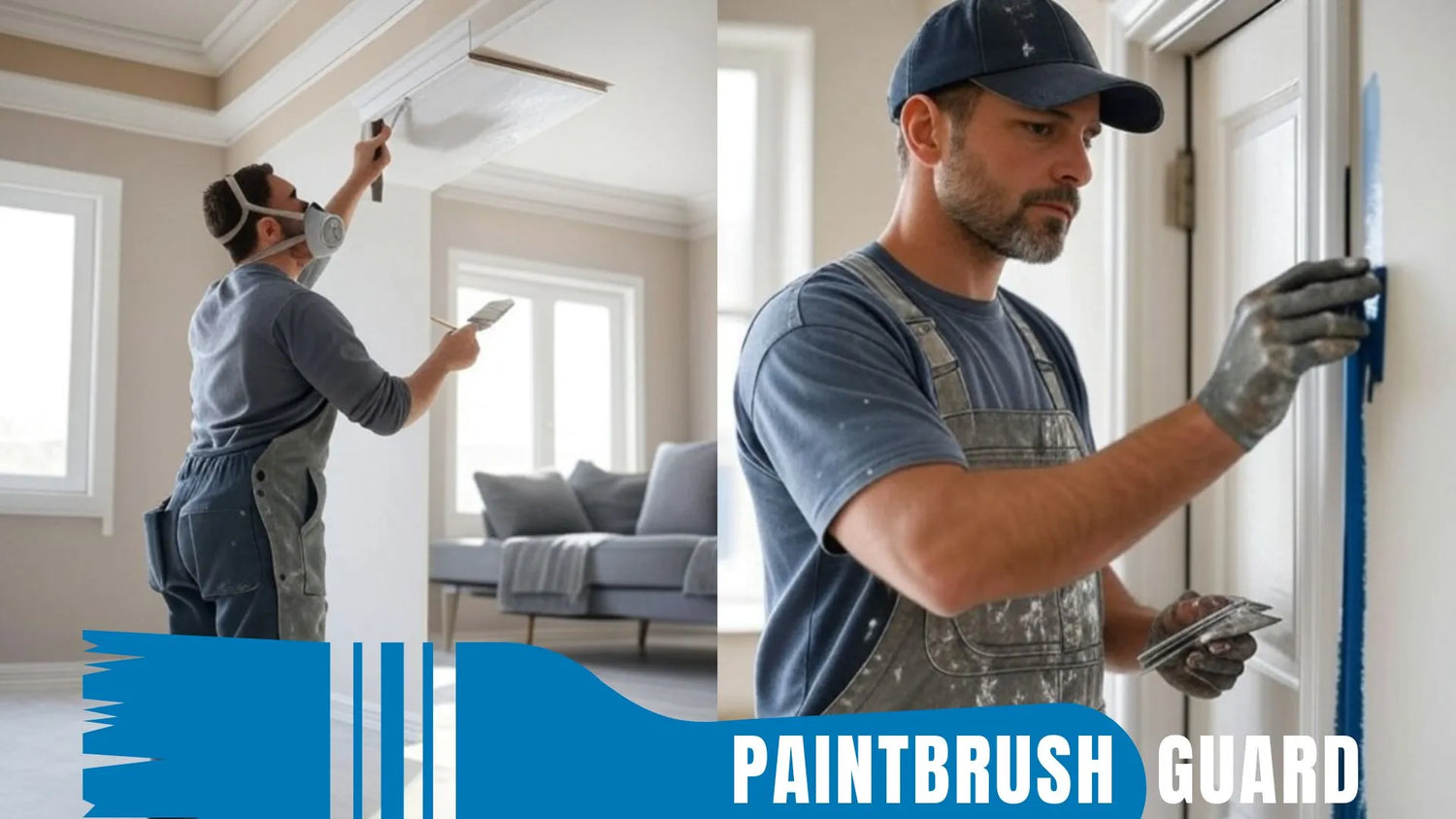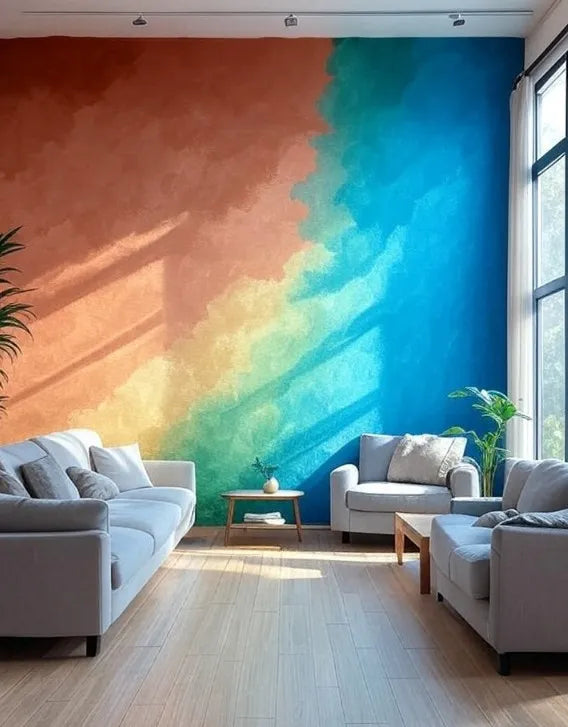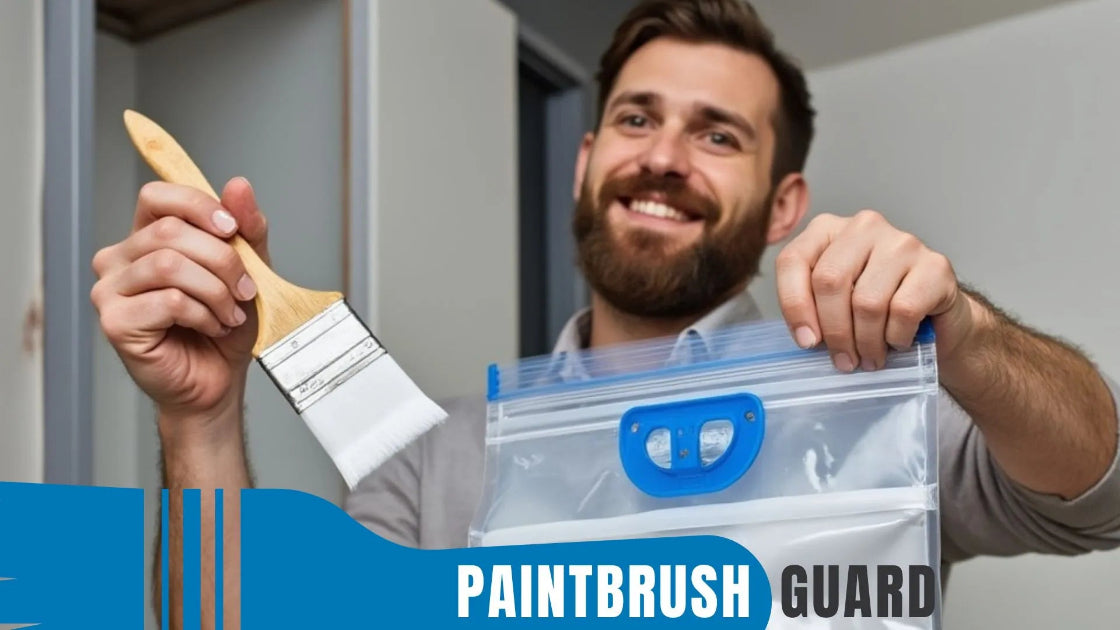
Is DIY Painting Worth It? Pros, Cons, Costs & Tips
|
Time to read 5 min
|
Time to read 5 min
Yes, DIY painting is often worth it. It can save money, offer creative control, and be a rewarding project, though it requires time, skill, and the right tools to succeed.
DIY painting can significantly reduce expenses compared to hiring professionals. According to HomeAdvisor’s 2025 estimates, professional painting for a single room averages $500–$1,000, including labor and materials.
In contrast, DIY painting might cost $100–$200 for the same room, covering paint, brushes, rollers, and drop cloths.
For example, a gallon of quality paint costs $30–$70, and basic tools can be reused for future projects.
This cost difference makes DIY painting appealing for budget-conscious homeowners looking to refresh their space without breaking the bank.
If you are planning to paint your house interior, in this article you will learn easy steps to make your home interior feel new again with step-by-step guides for all interior surfaces.
One of the biggest advantages of DIY painting is the freedom to choose colors, finishes, and techniques that match your vision.
You can experiment with accent walls, patterns, or trendy shades without relying on a contractor’s schedule or preferences. Additionally, completing a painting project yourself can be deeply satisfying.
A 2024 survey by the Home Improvement Research Institute found that 68% of DIY painters felt a sense of accomplishment after finishing a project, enhancing their connection to their home.
DIY painting requires a significant time investment. Prepping a room, taping edges, moving furniture, and laying down drop cloths can take hours before painting even begins.
Painting a standard 12x12 room might take 4–6 hours, excluding drying time between coats. For larger projects like exteriors, the time commitment grows exponentially.
If you’re balancing a busy schedule, the effort might outweigh the savings. Tools like Paintbrush Guard can help by vacuum-sealing brushes between sessions, reducing cleanup time and making the process more manageable.
Read our exterior house painting guide: This mega guide gives you clear tips, tools and methods on how to paint all exterior surfaces on your home.
The quality of a DIY paint job depends on your skill and preparation. Simple mistakes, like uneven coats, drips, or skipping primer, can lead to a subpar finish that requires costly fixes.
Professionals often achieve smoother results due to their experience and access to high-end tools. However, with proper research and practice, many homeowners can achieve good results.
Online tutorials and guides, such as those on YouTube or DIY blogs, offer step-by-step instructions for beginners. Starting with a small project, like a bathroom or accent wall, can help build confidence.
DIY painting isn’t without risks. Choosing the wrong type of paint, like using interior paint on an exterior surface, can lead to peeling or fading.
Physical challenges, such as painting high ceilings or exteriors, may require ladders and pose safety concerns; falls are a leading cause of DIY-related injuries, per a 2023 Consumer Product Safety Commission report.
Additionally, poor ventilation while painting can expose you to harmful fumes, especially with oil-based paints. These challenges highlight the importance of planning and safety precautions.
With no cleanup required after a painting session, you can take a short break mid-project or wrap up your painting for the day, your brush stays ready without the need to clean.
DIY painting may not be the best choice for complex or large-scale projects. If your home has intricate trim, high ceilings, or exterior surfaces exposed to harsh weather, professional expertise might save time and ensure durability.
Similarly, if you lack the time or patience for proper prep and application, the results could detract from your home’s value. In such cases, the cost of hiring a pro might be justified.
For example, a 2024 Zillow report noted that professionally painted homes sold for 5% more on average than those with DIY paint jobs showing visible flaws.
This guide tackles the top 20 questions about storing paintbrushes, from quick breaks to long-term care, and even challenges like humid coastal areas.
DIY painting is worth it for many homeowners due to its cost savings, creative freedom, and personal satisfaction.
However, it demands time, effort, and a willingness to learn. By using the right tools like Paintbrush Guard to streamline cleanup and starting with manageable projects, you can achieve professional-quality results.
Weigh your skills, schedule and project scope to decide if DIY painting is the right choice, or if hiring a professional better suits your needs.
DIY painting significantly cuts costs by eliminating labor expenses, requiring only the purchase of paint, brushes, rollers, and drop cloths. This makes it a budget-friendly option for homeowners looking to refresh their space, with the added benefit of reusable tools for future projects.
DIY painting provides complete control over colors, finishes, and techniques, allowing you to create personalized spaces like accent walls or unique patterns. This freedom lets you tailor your home’s look to your taste without depending on a professional’s schedule or suggestions.
Completing a DIY painting project offers a strong sense of accomplishment, boosting confidence and deepening your connection to your home. The satisfaction of transforming a space with your own hands can inspire further home improvement efforts and enhance your living environment.
DIY painting requires significant time for prep work, like taping and moving furniture, and can involve physical risks, such as ladder falls when painting high areas. Mistakes like uneven coats or choosing the wrong paint type can lead to poor results, requiring careful planning to avoid costly fixes.
Hiring a professional is better for complex projects involving intricate trim, high ceilings, or exterior surfaces in harsh weather, where expertise ensures a durable finish. It’s also preferable if you lack time or patience, or if you’re preparing to sell your home, as professional paint jobs can increase sale value.

Learn about eco-friendly painting, tips and tutorials on house interior and exterior surfaces, so you can get started with your project without any surprices during or after your painting.

Learn how interior house paint colors influence mood with expert tips on room preference so you can pick the best colors for a harmonious home environment.
We focus on the most popular shades for each interior colors, so you don't miss no matter what color you pick.

Learn how this innovative tool allows you to store paintbrushes without the need for immediate cleaning, offering significant advantages in time savings, water conservation, reduced chemical pollution, and lower costs for supplies.

